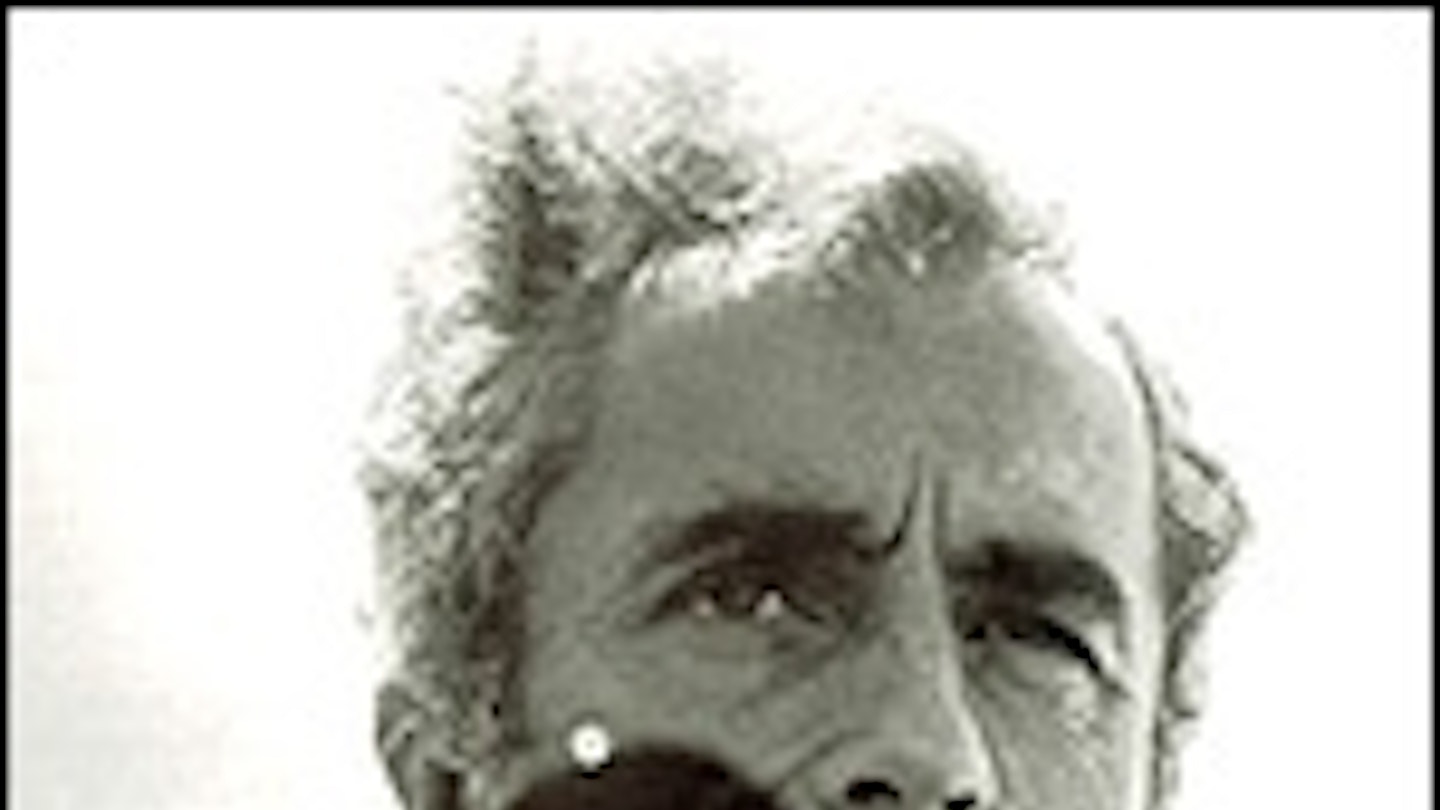In the early 1960s, director Michelangelo Antonioni made his name with a run of arthouse masterpieces. In 1966, the maestro became an international filmmaker, visiting London with the backing of Hollywood giant MGM to elaborate on an anecdote-like short story by the Belgian-born Argentine writer, Julio Cortazar.
Working for the first time in English, Antonioni relied on playwright Edward Bond to get dialogue nuances exactly right, but took his camera well off the tourist route to capture the city and year. Most "swinging London" films are characterised by hand-held wild parties filmed from an open-top bus in Piccadilly or Chelsea, but Blow-Up wanders out to SE7 and finds quiet, almost unpopulated spaces, indefinably haunted yet eerily attractive.
The central character is a photographer - unnamed in the film but called Thomas in the script for convenience - played by David Hemmings, then best-known for a childhood career as Benjamin Britten's favourite boy soprano. Snapping away in an eerily unpopulated park (Maryan Park, just south of Woolwich Road), the photographer catches some shots that seem to show an older man and a younger woman having an innocent, quiet moment.
However, the woman (Vanessa Redgrave) pursues him and demands he turn over the film, then arrives at his studio to press her case with a jittery, neurotic flirtatiousness that further piques Thomas' terminally cool interest. He palms her off with the wrong roll and develops his photographs: under extreme analysis, he seems to find a man with a gun lurking in the undergrowth, catching the woman's panicky or complicit eye.
Another photograph shows a vague form that might be a body, and a return to the park turns up an actual corpse - but then all the evidence is taken away and the photographer loses his conviction. He has latched onto a murder and surrenders to the distractions that clutter his life.
Despite its thriller hook (repeatedly homaged in straighter suspensers like Francis Ford Coppola's The Conversation, or Brian De Palma's Blow Out), Blow-Up is less a mystery than a portrait of swinging alienation.
In 1966, when nudity in English language films wasn't commonplace, there was a real charge to Redgrave taking off her blouse and lounging around the studio in a skirt and neckscarf with her arms crossed over her breasts, not to mention the notorious (and actually rather tactful) sequence in which Hemmings grapples on the floor with a pair of gawky, clueless groupies (Jane Birkin, Gillian Hills).
It's eroticism charged with neurosis and joylessness, but the film isn't so naive as to assume its audience doesn't find the hero's life enviable, if not admirable.
It's not just the sex - the photographer dabbles impulsively in almost everything, buying a propellor in an antique shop ("Never fall in love with something heavy on a Saturday"), tussling with crowds for the neck of a smashed guitar in a rock club, trying to teach the woman to nod her head against the beat while listening to a Herbie Hancock record.
